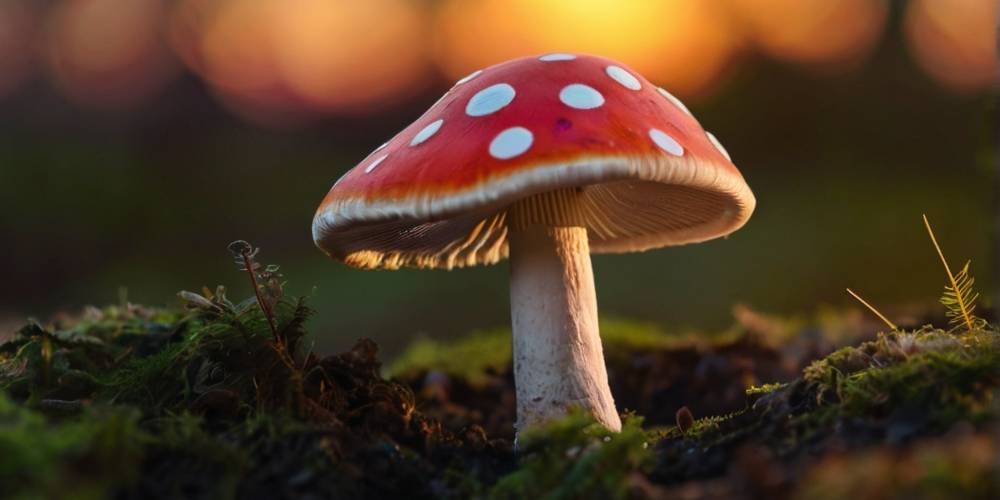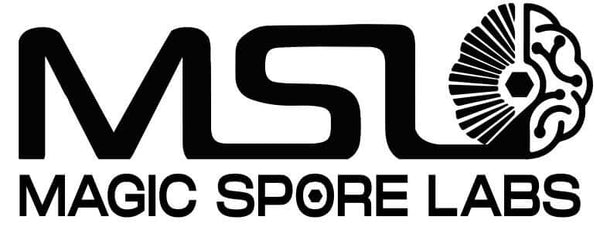
Can You Collect Your Own Mushroom Spores?
Share
Yes, you can collect your own mushroom spores! It's a fascinating process that brings the wonders of science right into your own home. Imagine having the power to start the growth of new mushrooms, all from a few tiny, nearly invisible particles. Mushroom spores are microscopic in size, yet they carry within them the blueprint for mushroom life. A mature mushroom, in its reproductive prime, is said to contain up to a whopping 16 billion spores. The sheer number is mind-boggling, isn't it?
The beauty of this process is in its simplicity. You don't need a lab full of equipment or a degree in mycology to embark on this journey. All it takes is a mushroom, some paper, and a piece of glass. Yes, that's it! Let's dive into how you can harness the magic of mushroom spores with items you likely already have at home.
The first step involves a bit of delicate surgery. Carefully remove the stem from your chosen mushroom, being gentle not to disturb the cap too much. If there's a skirt-like membrane protecting the gills underneath the mushroom cap, you'll need to remove that as well. What you're aiming for is to expose the gills, which are the part of the mushroom where the spores are produced.
Now, for the magic part. Take the cap of the mushroom, with the gills now exposed, and place it gill-side down onto a sheet of paper. This can be any kind of paper, though some enthusiasts prefer using white or black paper to better see the spore print. Cover the mushroom cap with a glass, creating a little dome. This step is crucial as it helps to maintain humidity around the mushroom cap, encouraging the spores to drop.

Leave your mushroom and glass setup undisturbed for about 24 hours. This patience-testing period is when the spores are released from the cap and fall onto the paper below. After the wait, remove the glass and carefully lift the mushroom cap. What you'll see on the paper is nothing short of astonishing—a spore print that replicates the gill pattern of the mushroom. This spore print is your ticket to growing your own mushrooms, a tangible representation of the potential for new life.
To preserve your spore print until you're ready to use it, keep it in a sealed bag in a cool, dry, dark place. This ensures the spores stay viable and protected from any environmental factors that could compromise their integrity.
It's worth noting that while many mushrooms can be propagated this way, certain varieties like magic mushroom spores and golden mammoth spores are particularly sought after by enthusiasts for their unique characteristics. However, this article focuses purely on the scientific aspect of spore collection and doesn't delve into the specifics of growing mushrooms or the effects they may have.
Collecting your own mushroom spores is a fantastic way to connect with the natural world and witness the incredible lifecycle of mushrooms. It's a simple yet profound process that highlights the beauty and complexity of fungi. Whether you're a seasoned mycologist or a curious beginner, the art of spore collection offers a unique opportunity to engage with science hands-on.
So, the next time you come across a mushroom, consider the extraordinary potential it holds within its cap. With just a piece of paper, a glass, and a bit of patience, you can embark on a mycological adventure that brings the process of mushroom reproduction to life.
